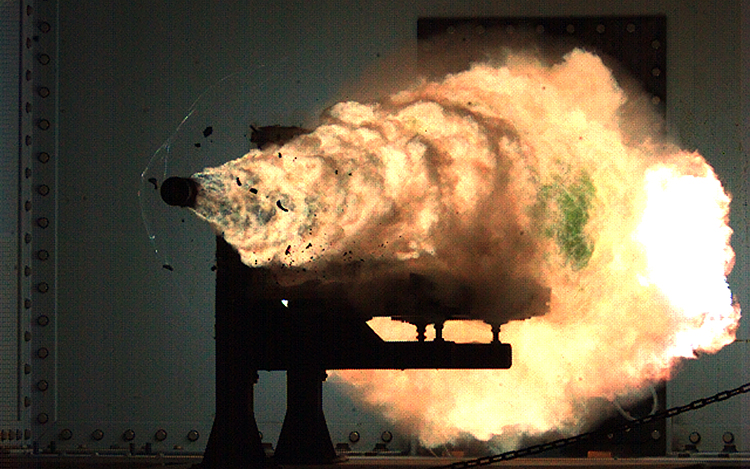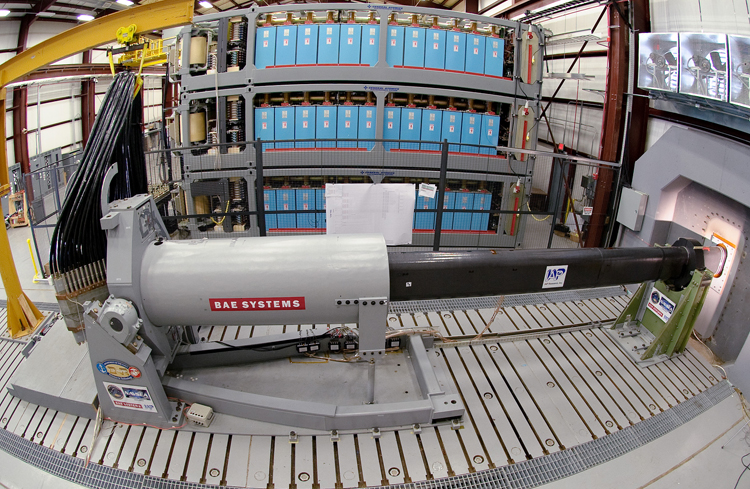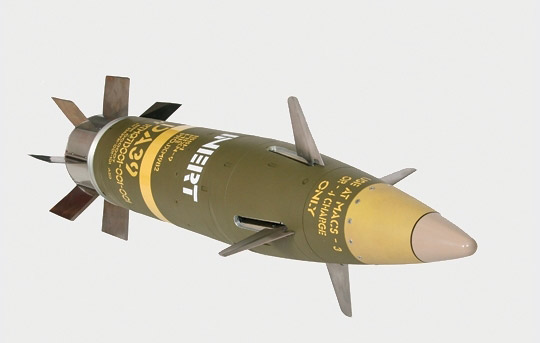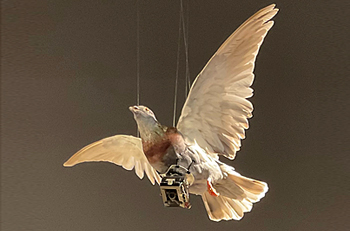INDIAN ARMED FORCES CHIEFS ON OUR RELENTLESS AND FOCUSED PUBLISHING EFFORTS

The insightful articles, inspiring narrations and analytical perspectives presented by the Editorial Team, establish an alluring connect with the reader. My compliments and best wishes to SP Guide Publications.

"Over the past 60 years, the growth of SP Guide Publications has mirrored the rising stature of Indian Navy. Its well-researched and informative magazines on Defence and Aerospace sector have served to shape an educated opinion of our military personnel, policy makers and the public alike. I wish SP's Publication team continued success, fair winds and following seas in all future endeavour!"

Since, its inception in 1964, SP Guide Publications has consistently demonstrated commitment to high-quality journalism in the aerospace and defence sectors, earning a well-deserved reputation as Asia's largest media house in this domain. I wish SP Guide Publications continued success in its pursuit of excellence.
- Global Partners Urged to Tap India's Shipbuilding Potential: Rajnath Singh at Samudra Utkarsh
- All about HAMMER Smart Precision Guided Weapon in India — “BEL-Safran Collaboration”
- India, Germany deepen defence ties as High Defence Committee charts ambitious plan
- G20 Summit: A Sign of Global Fracture
- True strategic autonomy will come only when our code is as indigenous as our hardware: Rajnath Singh
- India–Israel Joint Working Group Meeting on defence cooperation to boost technology sharing and co-development
Innovations Reshaping the Future of War
Navigating the Next Generation of Warfare with Railguns, Hypersonic Shells, and Autonomous Drones
 |
The Author is Former Director General of Information Systems and A Special Forces Veteran, Indian Army |

In February 2018, China successfully test-fired its railgun prototype at sea, using a 25 kg projectile and hitting a target at a distance of 25 km at a velocity of 2,575 meter per second. The US intelligence predicted in June 2018 that China will have the world's most powerful gun ready for war by 2025. However, China's successful test firing in February 2018 indicated that Beijing would be able to achieve this earlier. In February 2022, China stepped up railgun trials and was potentially looking at naval, land and small arms applications since such kinetic weapons use hypersonic projectile velocities to hit targets instead of explosives.
Concurrently, reports of India's Kalyani group completing the design of its EM Railgun (EMRG) and the Defence Research and Development Organisation (DRDO) achieving a breakthrough with 10MJ indigenously developed railgun – as reported in these columns on September 22, 2023.
In December 2023, a team of PLA Navy (PLAN) engineers claimed to have developed an electromagnetic railgun that could discharge a large number of rounds maintaining an impressive degree of shooting accuracy and keeping the weapon damage-free even under continuous fire. The engineers claimed that any target within a range of 100-200 km would be within the barrel’s firing range because the rounds travel at a speed of 2 km per second.
China's advancement in railgun technology surpasses previous US intelligence predictions, with potential applications in naval, land, and small arms domains
Subsequent news reports of January 23, 2024 state that PLAN scientists have developed a “smart shell” for kinetic energy weapons that flies across the sky at an incredible hypersonic speed of Mach 7, designed to deliver precision strikes from a powerful electromagnetic gun. The shell can consistently modify its flight course and steadily receive signals from the BeiDou satellite navigation system during flight, sustaining an error of less than 15 meters until it reaches its destination. The shell can travel 2,500 meters in one second. Its margin of error (15m) still makes it effective in hitting large targets like warships or ports.

The US Navy began experimenting with electromagnetic railguns (EMRG) in 2005. The original plan was to use it as a naval surface fire support (NSFS) weapon to help friendly forces on the ground, including the Marines. The Navy’s interest in developing EMRG was also temporarily bolstered as it realised that EMRG could be used for air and missile defence. While developing the EMRG, the US Navy found that the guided projectile could also be fired from powder guns like the Army’s 155mm artillery and naval 5-inch guns aboard vessels. However, the US military abandoned the electromagnetic cannon programme by 2021 while the GPS-guided shell project is not known.
Chinese scientists, led by Feng Junhong from the National Key Laboratory of Electromagnetic Energy at the Naval University of Engineering, who developed the hypersonic shell, say their development is original, not benefiting from American experiments. “We had no guidance, not even a cursory introduction to guided missile navigation systems, especially the satellite navigation component,” they asserted in a paper published in the Journal of Naval University of Engineering in November 2023.
Chinese scientists develop a 'smart shell' for kinetic energy weapons, boasting hypersonic speed and precision targeting capabilities

The combination of railguns and hypersonic shells could be dangerous for the US Navy especially if war erupts between the US and China over Taiwan. In a simulation conducted at a secretive research lab in Chengdu, China recently, scientists demonstrated a hypothetical scenario where a Chinese military launched a salvo of hypersonic anti-ship missiles, supported by a space-based electromagnetic weapon system, to target the US warships effectively. Railguns firing hypersonic shells will give increased offensive potency to China. Russian Navy’s Pacific fleet also claims to have thwarted a US air attack and tracking and shooting down US aircraft in a recent simulation exercise.
Media reports of 2018 had intimated that 30 Chinese military and government agencies were using “Dove’ drones and related devices. These Dove drones mimic the flapping action of a bird's wings to climb, dive and turn in the air, replicating about 90 per cent movements of real doves. They are hard to detect especially since they attract actual birds to fly alongside them.
Flying at speeds of up to 40 km/h for a maximum of 30 minutes and fitted with high-definition camera, GPS antenna, flight control system and data link with satellite communications, these Chinese Dove drones possibly are also augmented as assassination weapons with built-in face recognition software.
Emergence of advanced drone technology, including Chinese 'Dove' drones and American spy pigeons, signifies a new era of covert surveillance and potential warfare tactics
It was also brought out in these columns earlier that the US, in conjunction with Ukraine, was catching and digitising migratory birds, and releasing them with migratory flocks after arming them with capsules of germs – biological weapons to attack target countries (https://www.spsmai.com/experts-speak/?id=1171&q=The-WMD-Birds).

Now a video has emerged of a bird that looks like a normal pigeon but actually is an American spy drone that is also a ‘killer’ machine. It is loaded with explosives as powerful as a giant bomb. Next to it is a military grade chip to process incoming information. Below the pigeon is a turbofan that can dive at a target if necessary. Above the engine is a fuel tank to power it. On the chest of the pigeon is a high resolution camera that can take very clear pictures even at a great distance. The pigeon’s head is equipped with a transmitter that transmits the information it has captured.
The pigeon watches the target and transmits the captured information, which is picked up by spy satellites and passed on to the intelligence office on the ground. The intelligence office passes the analysed information to the concerned US department who gives the order to attack. On receiving the order, the pigeon starts its jet engines, swoops down on the target and explodes.





